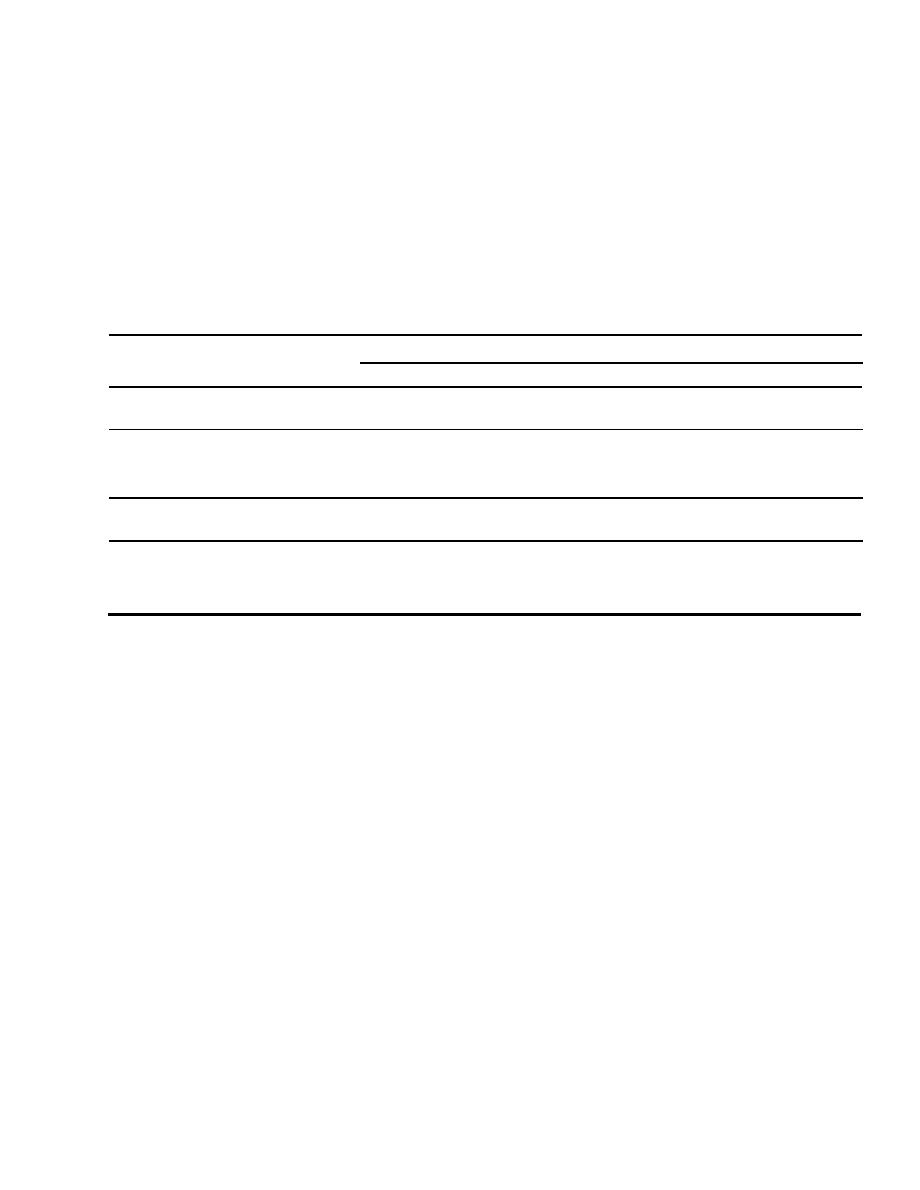
TM
5-822-14/AFJMAN
32-1019
lime, LF, and LCF are indicated in tables 2-2
the onset of freezing conditions (e.g. 30 days) may
and 2-3, respectively. For bituminous stabilized
be essential.
materials to qualify for reduced thickness, they
2-3. Thickness Reduction for Base and Subbase
must meet strength requirements in TM 5-825-21
Courses. Stabilized base and subbase course mate-
AFM 88-6, Chap. 2. All stabilized materials ex-
rials must meet certain requirements of grada-
cept those treated with bitumen must meet mini-
tion, strength, and durability to qualify for re-
mum durability criteria to be used in pavement
duced layer thickness design. Gradation require-
structures. There are no durability criteria for
ments are presented in the sections covering de-
bituminous stabilized materials since it is assumed
sign with each type of stabilizer. Unconfined
that they will be sufficiently waterproof if properly
compressive strength and durability requirements
designed and constructed.
for bases and subbases treated with cement,
Table 2-2. Minimum unconfined compressive strength for cement, lime, lime-cement, and lime-cement-fly ash stabilized soils
Minimum Unconfined Compressive strength, psia
Rigid pavement
Flexible pavement
Stabilized Soil Layer
500
Base course
750
200
Subbase course, select material or subgrade
250
a
Unconfined compressive strength determined at 7 days for cement stabilization and 28 days for lime, lime fly ash, or lime-cement-fly
ash stabilization.
Table 2-3. Durability requirements
Maximum Allowable Weight Loss After 12 Wet-Dry or
Freeze-Thaw Cycles Percent of Initial Specimen Weight
of Soil Stabilized
Type
11
Granular, PI < 10
8
Granular, PI > 210
8
Silt
6
Clays
2-4


 Previous Page
Previous Page
